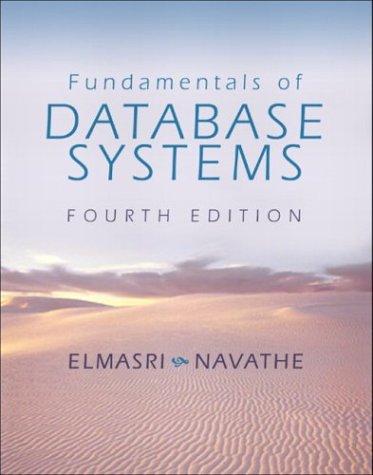Question
Please update this java code so 1. A scanner can be used to import the files. Then compute and test with a randomly generated array
Please update this java code so 1. A scanner can be used to import the files. Then compute and test with a randomly generated array instead of a file. Compute all possible distinctive pair of values from an an array. [A,B,C, A]
A,B
A,C
B,C
- i.e. (A,B)==(B,A)
(A, A) is not valid
hint: sort the array first
Example: input [1, 2, 3, 2, 3, 4, 3] result 4 (with distinct pairs) and 8 (with symmetric pairs import java.util.Arrays; import java.util.HashMap; import java.util.Map;
public class Exercise8 {
public static void main(String[] args) { In in = new In(args[0]); int[] values = in.readAllInts(); StdOut.println(countNumberOfPairs(values));
// Tests int[] values1 = {1, 2, 4, 1, 2, 1, 2, 4, 5, 1, 2, 4, 5, 1, 2 ,5, 6, 7, 7, 8, 2, 1, 2, 4, 5}; StdOut.println("Equal pairs 1: " + countNumberOfPairs(values1) + " Expected: 49");
int[] values2 = {1, 1, 1}; StdOut.println("Equal pairs 2: " + countNumberOfPairs(values2) + " Expected: 3"); }
// O(n lg n) solution private static int countNumberOfPairs(int[] values) { Arrays.sort(values);
int count = 0; int currentFrequency = 1;
for (int i = 1; i < values.length; i++) { if (values[i] == values[i - 1]) { currentFrequency++; } else { if (currentFrequency > 1) { count += (currentFrequency - 1) * currentFrequency / 2; currentFrequency = 1; } } }
if (currentFrequency > 1) { count += (currentFrequency - 1) * currentFrequency / 2; }
return count; }
// O(n) solution private static int countNumberOfPairs2(int[] values) {
Map
for(int i = 0; i < values.length; i++) { int count = 0; if (valuesMap.containsKey(values[i])) { count = valuesMap.get(values[i]); } count++; valuesMap.put(values[i], count); }
for(int numberKey : valuesMap.keySet()) { if (valuesMap.get(numberKey) > 1) { int n = valuesMap.get(numberKey); equalNumbersCount += (n - 1) * n / 2; } }
return equalNumbersCount; }
}
Step by Step Solution
There are 3 Steps involved in it
Step: 1

Get Instant Access to Expert-Tailored Solutions
See step-by-step solutions with expert insights and AI powered tools for academic success
Step: 2

Step: 3

Ace Your Homework with AI
Get the answers you need in no time with our AI-driven, step-by-step assistance
Get Started


